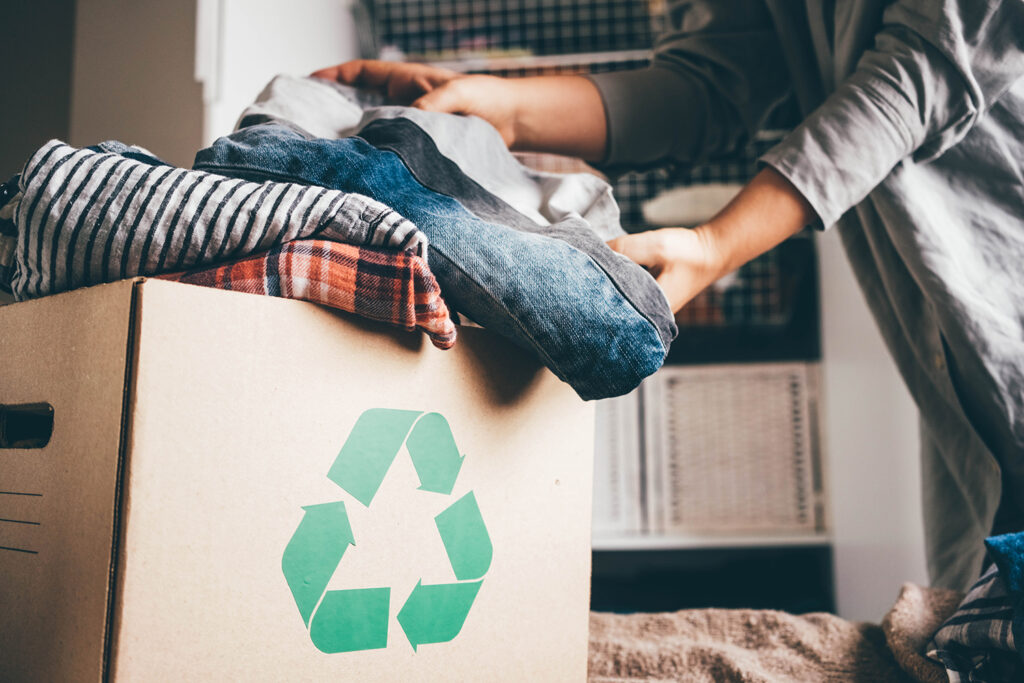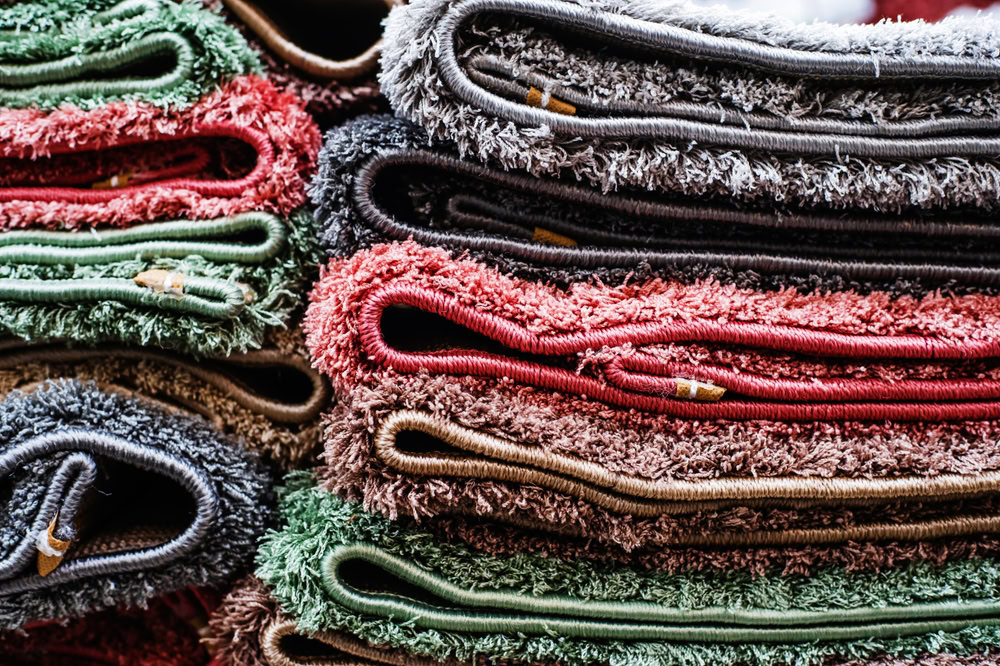A survival sack for textiles that will allow the material to be collected commingled without being contaminated is being developed by WRAP.
It is hoped the sack will make it easier for councils to collect textiles at the kerbside without compromising the quality of the material or damaging the equipment at materials recycling facilities (MRFs).

The project was revealed in minutes from a meeting of the Sustainable Clothing Action Plans (SCAP) Reuse and Recycling Task Group on January 19 2012.
The minutes state: WRAP have commissioned a project to develop a survival sack for textiles for co-mingled collections. The concept is currently being trialled. The bags will survive a bag splitter at a MRF and compaction in collection vehicles.
WRAP is working with three materials recycling facilities (MRFs) and Ross Barry, business development director at LMB textiles, to help develop the final product.
Mr Barry told letsrecycle.com: The project it to see if we put textiles in a bag how far it will survive being put through a commingled collection system including the collection vehicle and MRF. Ideally we would like it to go through a bag splitter.
Mr Barry, who is set to step up to the post of president at Textile Recycling Association next month (see letsrecycle.com story), said that the project is still at an early stage but he hopes the bag will be ready by April 2012, with final samples currently in development.
The project will be assessing a variety of samples in a number of different materials to find the best solution.
Once the final sample bags are ready, they will be tested throughout the collection process. They will be trialled at different types of MRFs including dirty MRFs and ones that also process glass.
If the concept works, WRAP said the bags would also be trialled with householders through a local authority collection service.
“The project it to see if we put textiles in a bag how far it will survive being put through a commingled collection system including the collection vehicle and MRF.”
– Ross Barry, LMB
Collection
The development of the project follows on from WRAPs research published in 2011 called Making the most of new materials. The report looked at how new material streams could be added to MRFs.
The report highlighted that the most viable method for processing textiles at MRFs was through manual handling involving a survival bag system that prevented items from escaping and damaging equipment.
Textiles are currently sporadically collected by local authorities via kerbside commingled collections due to contamination issues. Mr Barry hopes that the development of the bag will make kerbside collections a more attractive route for textiles.
Research
WRAP is currently undertaking a number of other projects in the textile sector and is conducting research on the clothes we buy and waste as well as developing collection guidance for local authorities.
These projects will form part of the Sustainable Clothing Action Plan, which is a government-led initiative intended to improve the sustainability of clothing.
Related links
Also at the meeting WRAP spoke of the possibility of producing a collection standard designed to create trust and work against bogus collectors in the industry however details of what the standard would involve are still under discussion.
A number of other projects have also been commissioned by WRAP since October 2011 including a report into textile flow and market opportunities by consultancy Oakdene Hollins, and another looking at textile feedstock sources and their values. The results of these projects are expected to be published in May 2012.









Subscribe for free